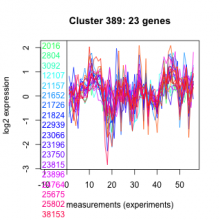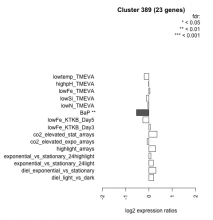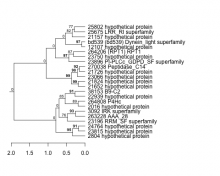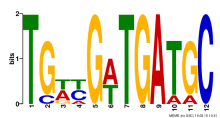3092 IRK superfamilyThalassiosira pseudonana
| Chromosome | Product | Transcript Start | End | Strand | Short Name | |
|---|---|---|---|---|---|---|
| 3092 | chr_3 | IRK superfamily | 105802 | 108642 | - | IRK superfamily |
| NCBI ID | Ensembl Genomes exon ID |
|---|---|
| 7442441 | Thaps3092.4, Thaps3092.1, Thaps3092.5, Thaps3092.2, Thaps3092.3 |
| Expression Profile | Conditional Changes | Cluster Dendrogram | Discovered Potential cis-Regulatory Motifs |
|---|---|---|---|
Thaps_hclust_0389 |
 |
 |
   |
| T. pseudonana | P. tricornutum | P. tricornutum DiatomCyc | F. cylindrus | Pseudo-nitzschia multiseries | E. huxleyi | C. reinhardtii | A. thaliana | P. sojae |
|---|---|---|---|---|---|---|---|---|
| Not available | PHATRDRAFT_49496 | PHATRDRAFT_49496 | 269055 | 233903 | 106991 | Cre06.g311650.t1.1 | Not available | 245871 |
| KEGG description | KEGG Pathway |
|---|---|
| Not available | Not available |

Add comment